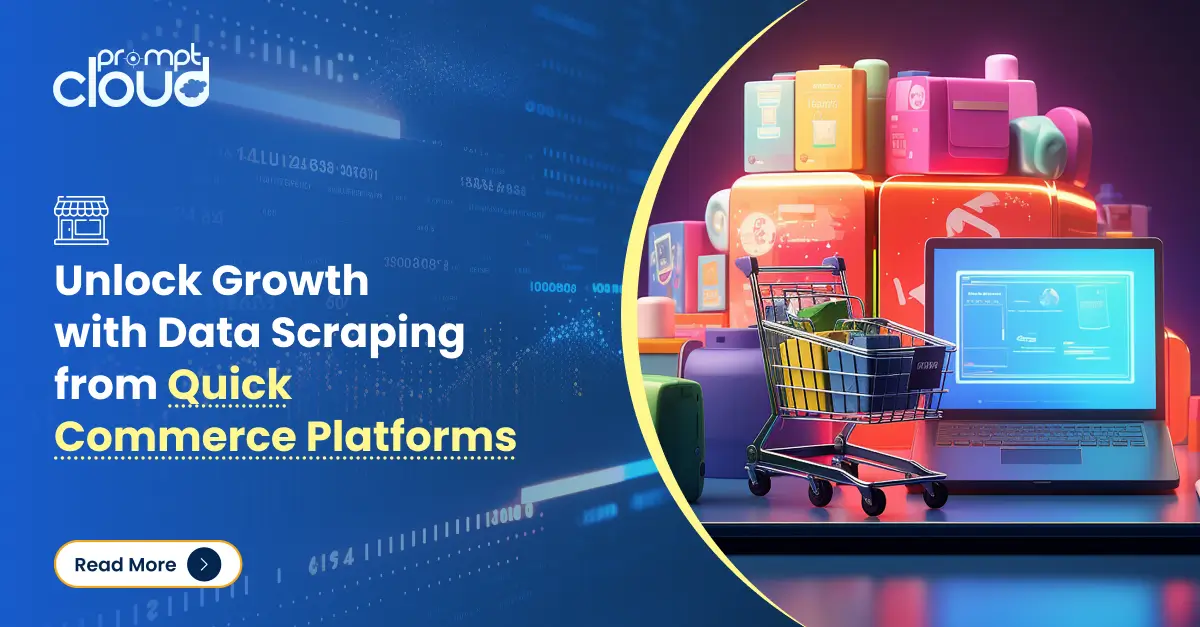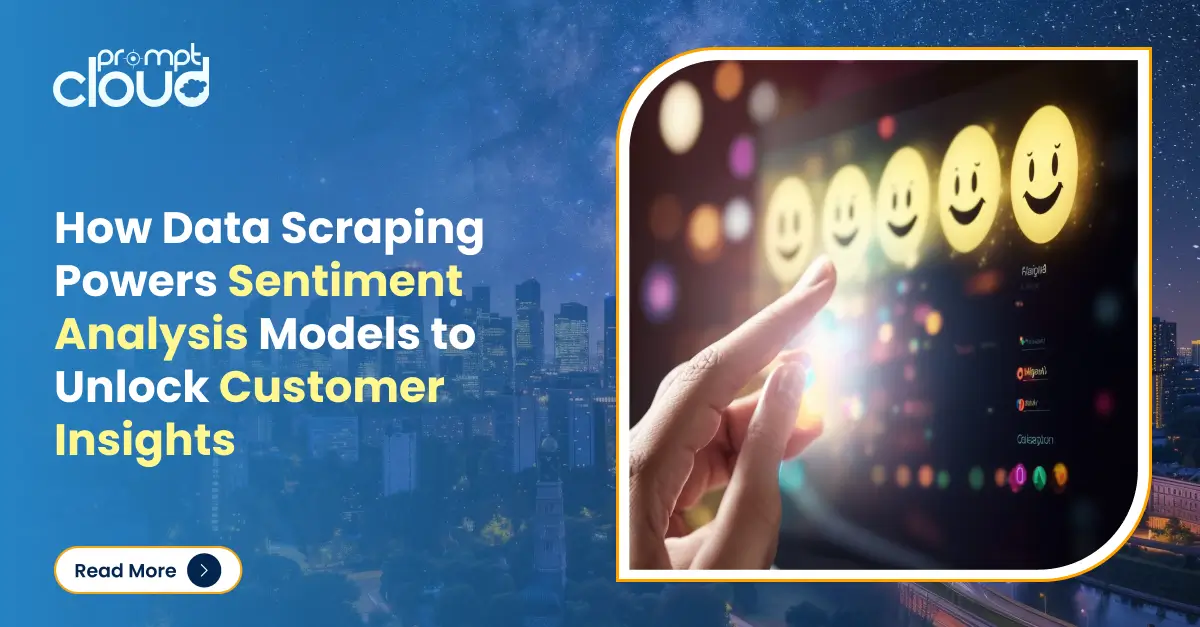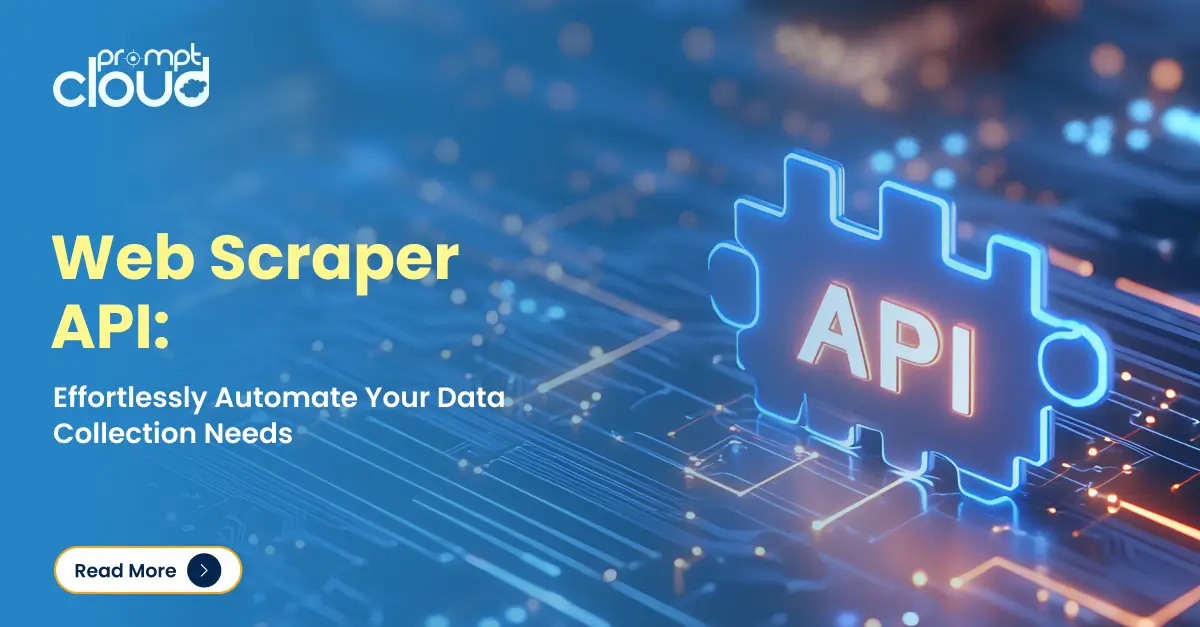API, short for Application Programming Interface, is a software intermediary (think of it as a human translator) that allows two applications to talk to each other. Image someone who speaks only French needs to talk to someone who can converse only in Japanese. They would require someone who knows both languages to work as an intermediary between them. Now there are hundreds of languages in the world, and no one person can act as an interpreter for everyone. However, thanks to APIs, code written in Java, Python, or HTML (different programming languages), can interact with each other through the same means as long as they follow some globally defined standards. In this article, we will learn how do APIs work.
Where Are APIs Used?
Have you seen an API or Application Programming Interface work before? Well, in case you use mobile applications or browse the web, you might be making thousands of API calls every day. Every time you change a song on Spotify, book a cab on Uber, login to your Gmail account, order pizzas on Domino’s, or buy a product on Amazon, you make multiple API calls without even knowing. The reason behind this is that behind the fancy buttons and popups, actual code is running, and today almost any action on an application or website, results in API calls which in turn fetches you some information or makes the changes that you need. So, you now know how do APIs work to some extent.
Fig: How do APIs work? Source: What is an API? How does it work? | by Amanda Kothalawala | Medium
Any device that is connected to the internet today, is making API calls. Be it your smartwatch or your smart refrigerator, your android TV, or your Playstation V– any device that sends data to the cloud, or receives data from it, does so via APIs. APIs help standardize the format of communication and hence, even devices communicate via themselves using the same protocols. For example, let’s say you are using a smartwatch. You run, the smartwatch records it, and the data is updated on your mobile phone as well, once you return home. Every month, you log in to your health and fitness website from your laptop to check your monthly activity details. Now how did data get exchanged between these 3 devices? Still wondering how do APIs work?
When you ran, the smartwatch computed your work and saved it to the server, through an API POST call. When you returned home, you used your phone to check your workout result- an API GET call was made and you could view the data. At the end of the month when you logged into the website from a laptop and checked your monthly data, there was another API GET call which fetched you the consolidated data for the month.
Fig: Where are APIs used?
Now you can see that we have used the keywords “GET” and “POST” with “API”. Also, we have been referring to the usage of APIs as API calls. Let’s look further into these.
Any usage of API is called an API call– somewhat like a phone call. This is because it’s a communication format where one service calls another service (a service here can mean a device or a server in the cloud). As for the types of API calls, there are 4 of them:
- GET: Used mainly to retrieve data or information. Every time you search for certain keywords in your Google search bar, Google effectively performs a GET API call in the backend to fetch data that contains your keywords.
- POST: This is mainly used to add new data. For example, when you create an account on any social networking website, you provide loads of information on yourself. All this is sent to the website’s servers using an API POST call.
- PUT: This is the equivalent of editing data. When you need to update any information on any website, by changing existing data, the website sends a PUT API call. In certain cases it may also use a POST call, to write over the existing data.
- DELETE: Used most sparsely, this is the API call that would be made when you attempt to delete your data on any website or attempt to close any account.
What are the Benefits?
Well, why do you need APIs? While we have understood that the main benefit of using API-based communication lies in the fact that any two systems can interact with each other easily, there are also some major added benefits:
- Security: APIs help remove security vulnerabilities in multiple ways. Most APIs require some key or signature to be passed when being called. This helps in restricting undesired API calls that may overload the server. Private APIs can only be called by those holding a key, whereas signatures are used for a one-time hit– it’s a ticket that will let you make a single API call under very specific parameters. APIs have improved security as a whole on the internet. The SSO or single sign-on feature which allows you to log in to almost any website using your Facebook or Google credentials is possible thanks to APIs developed by these companies which help pull your credentials in real-time.
- Real-time data transfers: Every device is generating MBs of data every second today. Devices are interacting between them, or with the cloud servers. With so much data in hand, quick transfers are a must. In earlier times, data transfer was often done in batches– every 5 min, or every 1Gb, and so on. Today APIs have enabled instantaneous data transfer– whatever data your mobile phone is capturing, is synced to the cloud every millisecond.
Fig: Benefits of Using APIs
- No more unused silos of data: Unless you have proper safeguards in place, data from different departments may just be sitting around gathering flies, without being used. The problem behind such data silos being created is usually complications in data transfer or data access. Thanks to APIs, data can automatically flow between different systems, and data access too can be provided. This data access can be further controlled using API keys.
- Build once, use anywhere: Imagine that you are building a website to sell cycles, and for a year you work on it, grow it, get a few customers, and now you are ready to grow further. You want to build an android application. But would you be building it from scratch? How difficult and time taking is that going to be?
Instead, if you have used APIs in your development phase, you could reuse a lot of components in your mobile website. For example, say you have an API that fetched the in-stock cycle list. You could use the same API in your mobile phone– and just make changes to the UI, so that the look and feel are slightly more adapted to a smaller display.
- Promotes microservices: From a technical point of view, building large applications is not beneficial. For example, Google Maps provides you with many services– shows you your location on the map, helps compute the distance between (and how to go move between) two locations on the map, shows you the traffic condition, and more. How do APIs work has been explored now in detail.
All of these are not part of a single service. Instead, there are multiple APIs that are exposed through a single user interface in the Google Maps application. This helps achieve two things:
- In case one specific service goes down due to server downtime, the others won’t be affected. For example, if the traffic API goes down, you will still be able to use the location service since the two are independent.
- Others can use the different APIs and integrate them separately. Uber may use the map and location services, whereas Strava may use the speed calculator API.
How do APIs Work – In Summary
So, you have learned how do APIs work. APIs make data integration simpler and standardizes the process across systems. This applies to the usage of data scraped from the internet as well. This is why our team at PromptCloud offers API integration for all the data that you need to be gathered from the web.
Data will not just be scraped, cleaned, and stored (and updated) in real-time, but even the access to the data is faster using APIs. This would help different internal departments in your company to access different data points which may benefit them in their decision-making.
Speed and security are both vital aspects in today’s communication systems, and APIs help improve both– having an API-based web scraping system running on the cloud can be a game-changer for your business team.




















